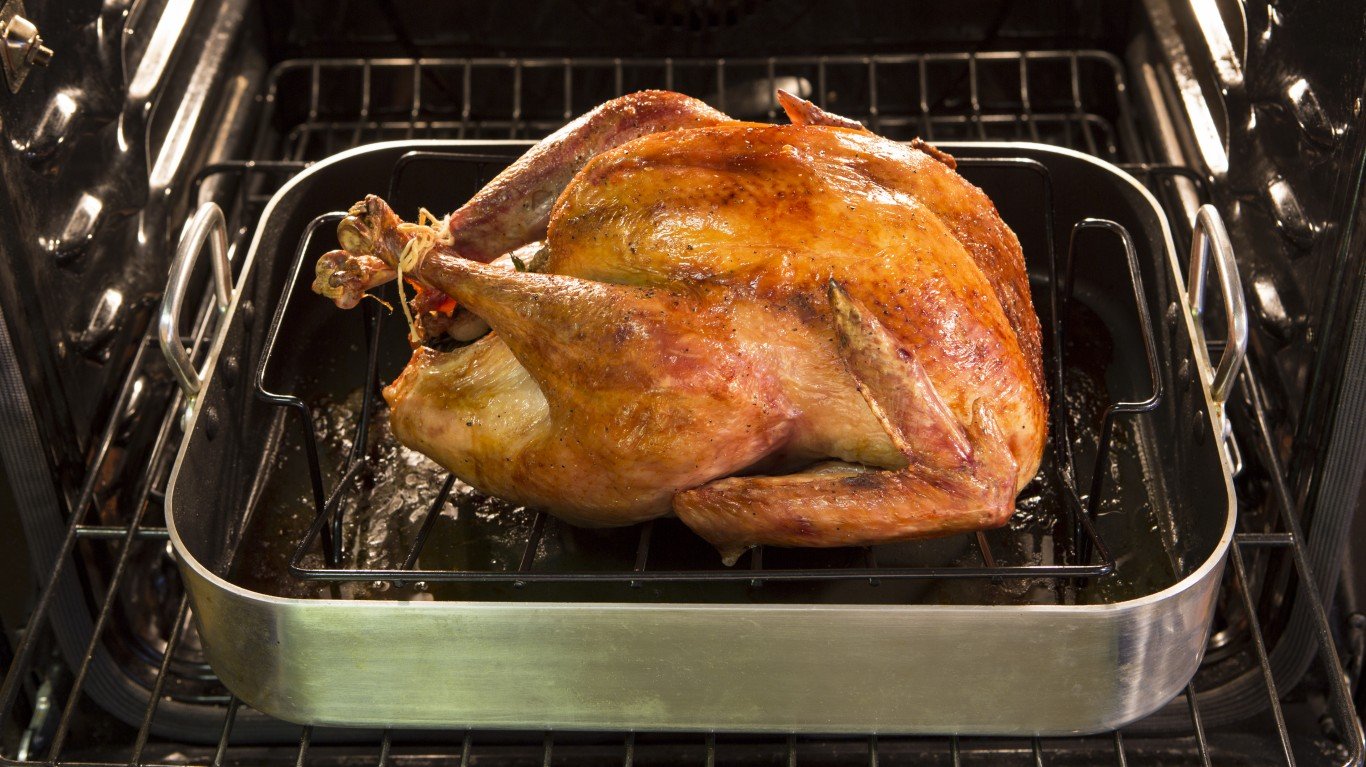When most of us think of Thanksgiving dinner, the first item that comes to mind is the turkey. Some may even say it’s the star of the day, a Thanksgiving essential. Visions of holiday tables with delicious side dishes all surround the grand bird that takes center stage. Turkey is the main staple, not a side dish or an accompaniment. Some of us insist on fresh birds, perhaps bought at a farmers market or directly from a farm; some order heritage turkeys from specialty websites; some probably even shoot their own wild turkeys (though their meat tends to be stringy and gamy).
Just over half of American cooks, however, take home their bird straight from the supermarket freezer case — even though it’s not one of the 18 foods you should always buy frozen.
When buying a frozen turkey, one of the first and most important steps in preparing Thanksgiving dinner is defrosting the bird. To help with this preparation, Omni Calculator, a Polish startup that builds online computing instruments, has created a useful tool to make the task easier — a turkey thawing calculator.
Thawing a turkey can be done in three safe ways: in the refrigerator (which is the ideal method, for various reasons), in a cold water bath (this works fine but is less practical), or in a microwave (a little tricky but fast and safe).
If you opt for using a thawing calculator, simply input the weight of the turkey and their preferred method of thawing, and the calculator displays the time required to get the bird ready for the oven. The calculator also offers notes on the science behind its computations as well as useful advice for the various techniques.
While there are only three ways to thaw a turkey, there are various ways to cook one. The most popular way is still the traditional oven roasting method, whether you roast in a pan, in a cooking bag, or use aluminum foil, but there are other methods that work great as well. Deep-frying, grilling, smoking, and even zapping in the microwave can also provide you with a delicious bird. Online calculators can also help in identifying ideal cooking times for birds of varying sizes. This will help you sidestep rookie mistakes to avoid when roasting a turkey.
According to the United States Department of Agriculture, the average weight of a Thanksgiving turkey in the U.S. varies each year. Males, or Tom turkeys, weigh between 16 to 24 pounds, and females, or hens, tend to be between 8 to 16 pounds. Farm raised will also be larger than wild birds. The general rule of thumb is to get one to 1 1/2 pounds of turkey for each guest. The specific times given below are for a turkey of 15 pounds. Many cooks prefer to roast smaller birds than usual and have varying side dishes to accompany so these calculators may prove particularly useful.
Here are 15 tips to safely thaw and roast your Thanksgiving turkey

1. Refrigerator thawing: Start four days early
Thawing a turkey in the refrigerator is considered the best method. According to the thawing calculator, a 15-pound bird takes 3.7 days to thaw thoroughly in the fridge. For example, if you want to serve dinner at 3 p.m. on Thanksgiving day, begin the thawing process four days earlier around 4 p.m., on November 19. This allows for 30 minutes to bring the turkey partially to room temperature, about four hours of cooking time, and another 30 minutes to rest the bird once it’s roasted (see below).
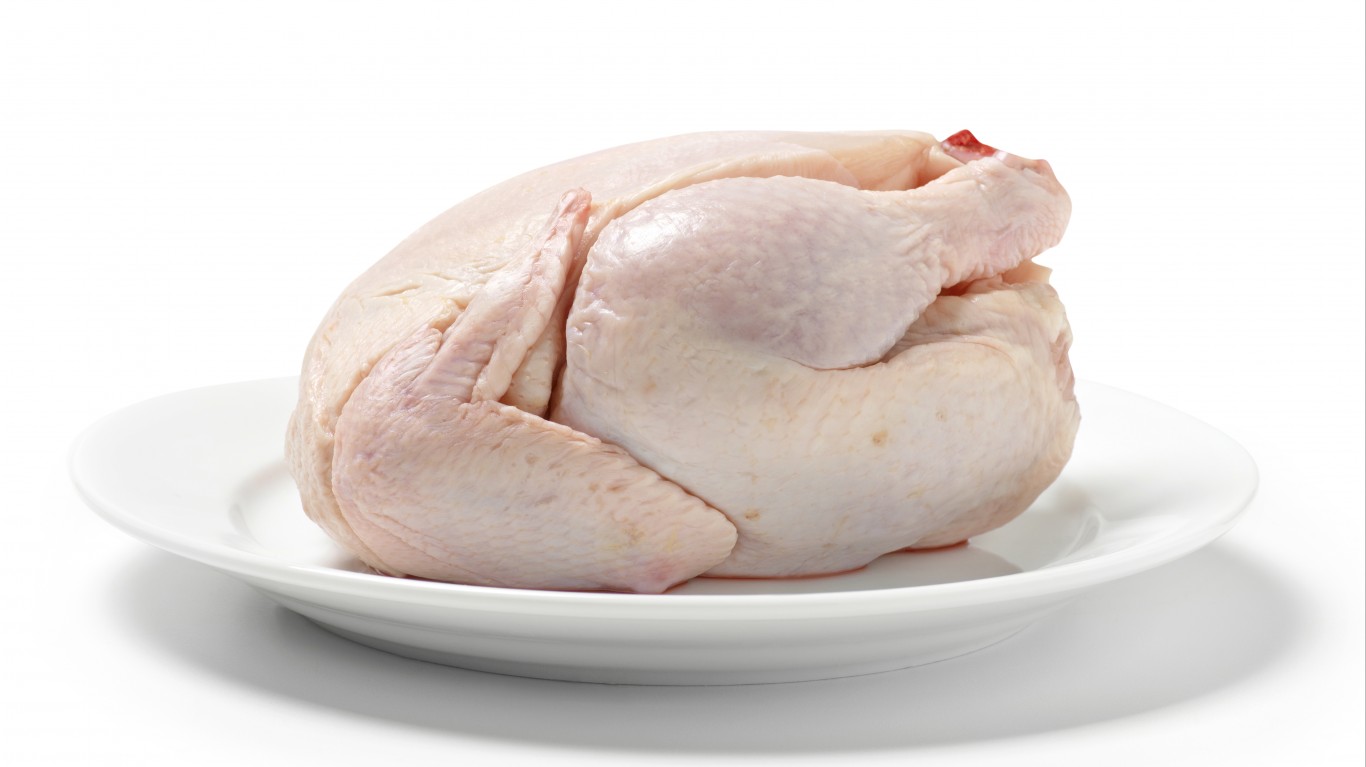
2. Refrigerator thawing: Start even earlier if you want
If you would like to start the thawing process sooner and get a head start on your Thanksgiving prep, you could actually start on Nov. 17. A turkey thawed using this method may be kept safely in the refrigerator for as long as two days after thawing.
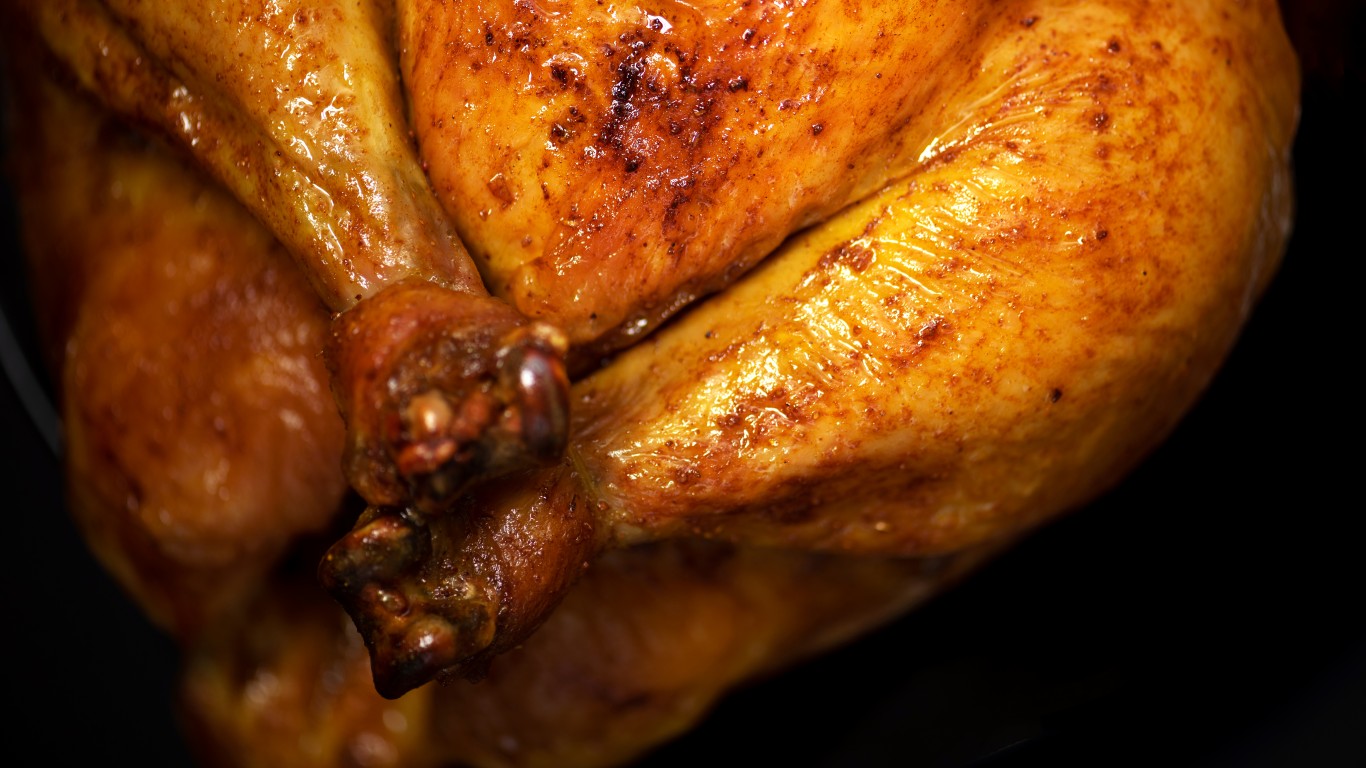
3. Refrigerator thawing: Don’t unwrap the bird
Although some may suggest unwrapping the turkey the night before you plan to cook it, the thawing calculator recommends leaving it wrapped to “prevent it from exchanging scents with whatever else is in your fridge.” Since the bird will be sitting in the refrigerator for almost four days, giving it long exposure to other foods, this is probably wise advice. The only time you should remove the wrapper when thawing is if you place it in the microwave.

4. Refrigerator thawing: Put the turkey in a shallow bowl
The turkey may still be wrapped but as it thaws it can begin to leak juices. By placing the bird in a bowl or pan, you can prevent the raw juices from contaminating the fridge and foods in it as well as preventing it from making a mess for you to clean up.

5. Microwave thawing: Read the manual
The fastest of all thawing methods is the microwave. It should take an approximate time of about 90 minutes for a 15-pound bird. However, every microwave is different, from varying sizes to power levels. It is important to read the owner’s manual first to determine the maximum size of a bird that can safely fit, what power level to use, and exactly how many minutes per pound thawing will take.
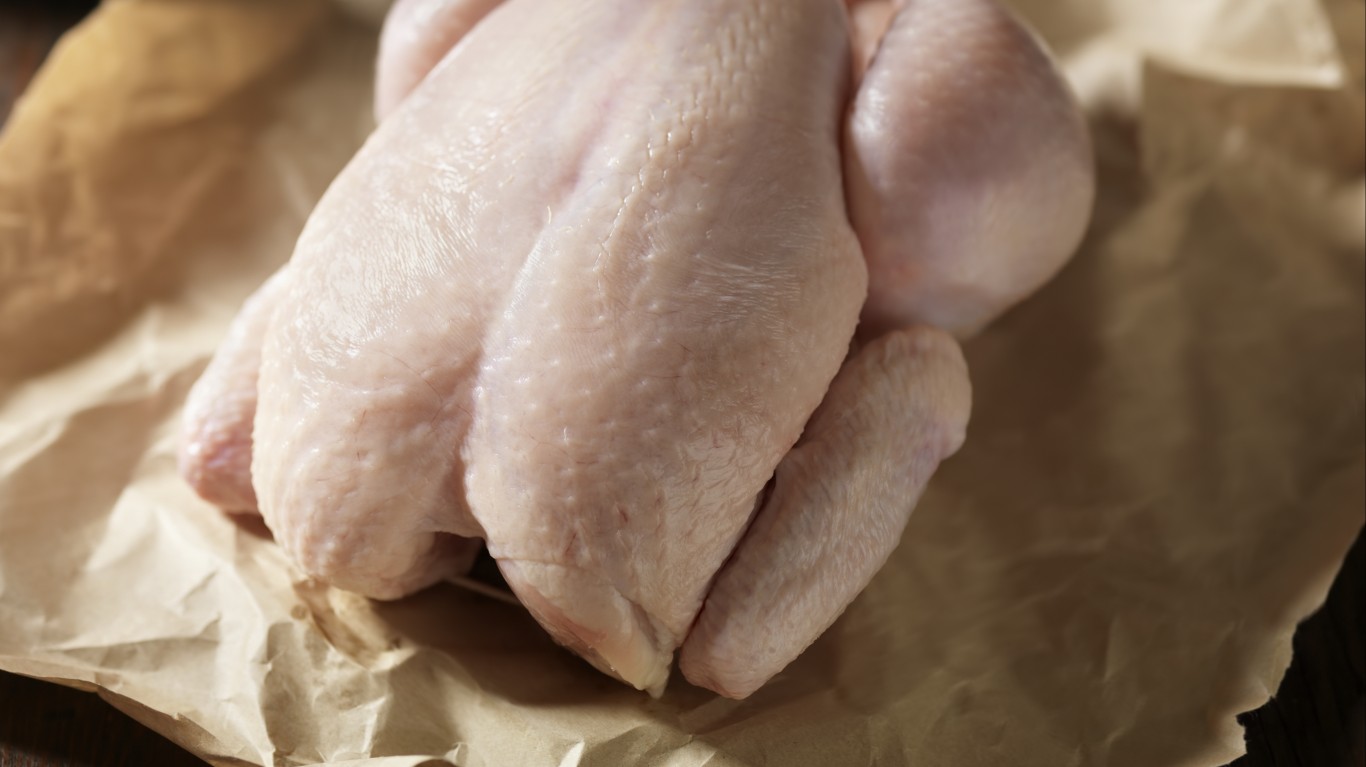
6. Microwave thawing: Unwrap the bird
Unlike the refrigerator method, using the microwave to thaw the turkey requires that the wrapper be removed. As with the refrigerator, to avoid raw juices from seeping out onto the bottom of the microwave, you should place it in a shallow bowl.
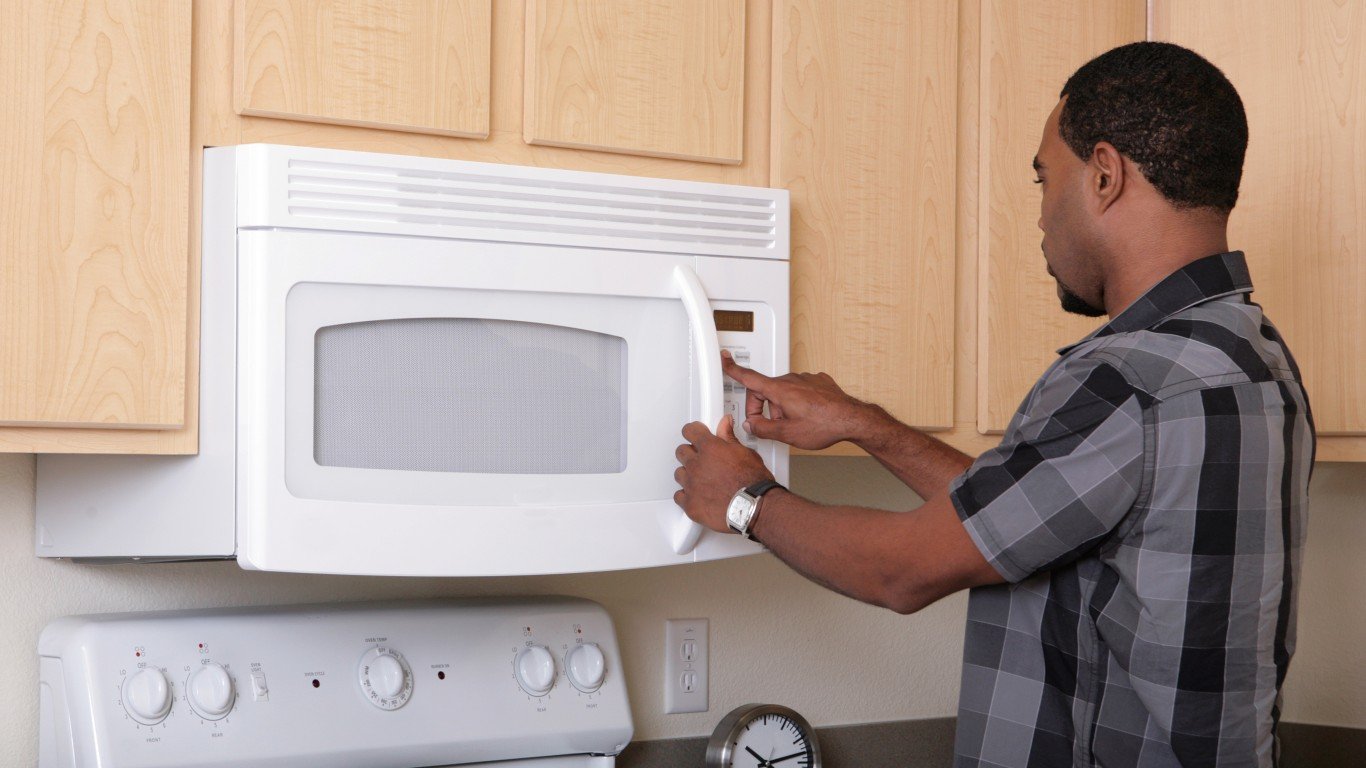
7. Microwave thawing: Roast the turkey immediately after thawing
Bacteria that may have been present in the turkey before it was frozen will begin to grow as soon as it’s thawed in the microwave. You should only use the microwave to begin the thawing process but employ other methods to achieve a full thaw. According to the USDA, you should follow the product instructions and cook the bird immediately after thawing, as some parts of the bird might begin to cook as they thaw in the microwave, and “Holding partially cooked food is not recommended because any bacteria present wouldn’t have been destroyed.” (This isn’t an issue with a refrigerator-thawed bird, since it remains cold as it thaws.) For safety’s sake, you should have a preheated oven ready to accept the thawed turkey the minute it comes out of the microwave.

8. Cold water thawing: Recommended only for insomniacs
This involves submerging the entire bird, still wrapped, in cold water. You can use a large pot (or a sink with a tight stopper), or even a leakproof bag, but it will take about seven to eight hours for a 15-pound bird to thaw. While this method works well, you will need to monitor it continuously as the water will warm up as the turkey thaws. The USDA stresses that you’ll need to change the water about every half hour to maintain a safe temperature. That means if you plan to serve a mid-afternoon meal, you’ll basically have to stay up all night.
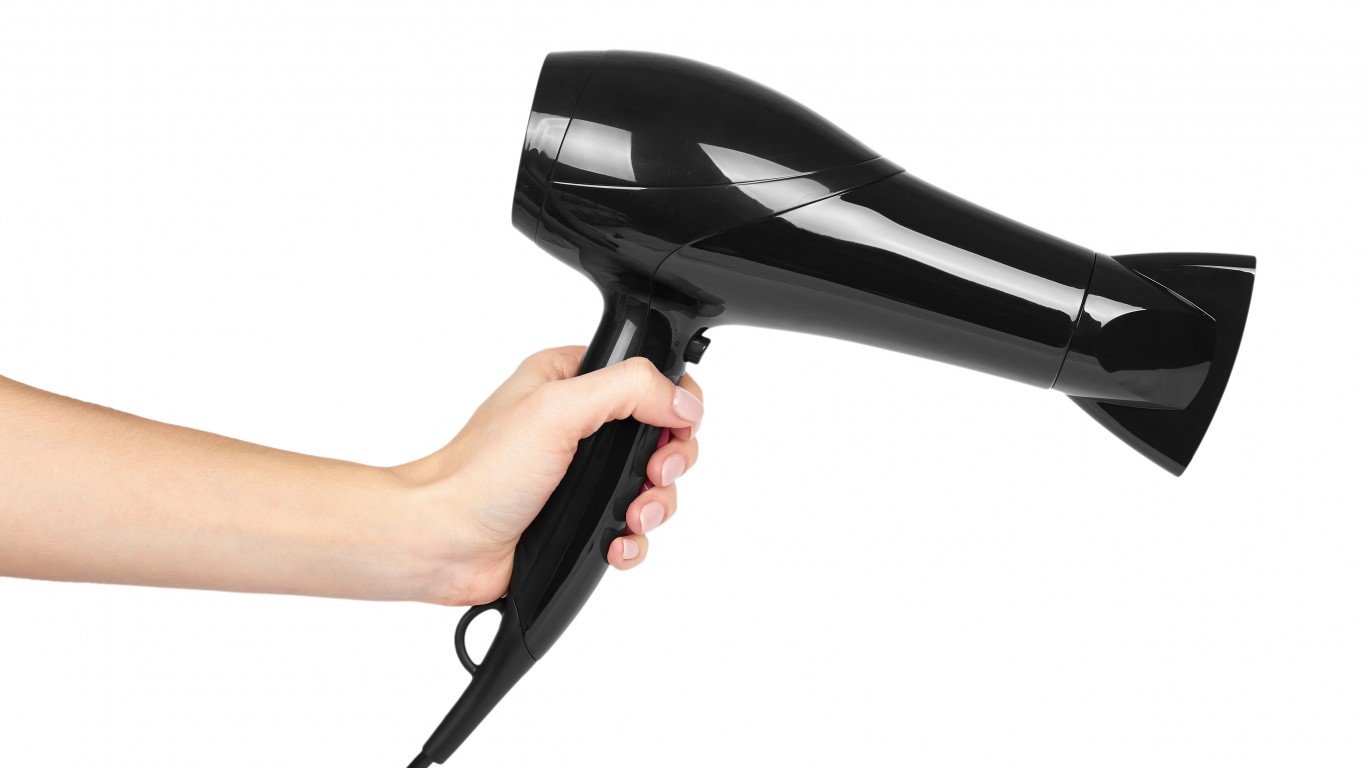
9. Bad ways to thaw
There are certain methods you should never use to thaw your turkey. The first part of the turkey to thaw is the surface, and as it warms up, bacteria start to multiply. To avoid these problems, the refrigerator and cold water methods are the safest ways to thaw since they keep the surface of the turkey cold enough, and microwaving is quick enough to stave off danger. Attempting to thaw the bird on the kitchen counter (or on the porch or in the garage), trying to speed the process up with a heater or hair dryer, or even trying to thaw it in the dishwasher (and, yes, people have tried that) is extremely dangerous.
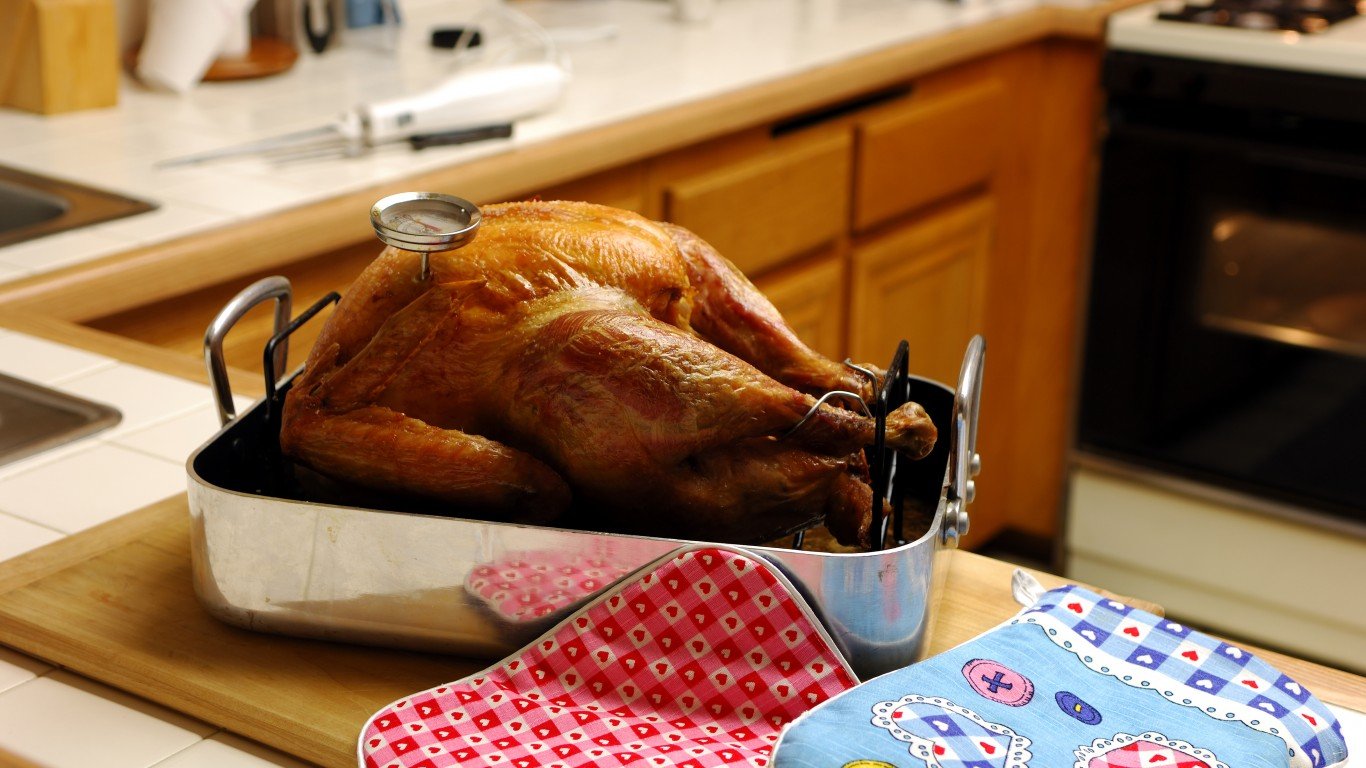
10. If all else fails, don’t thaw
Should you have missed your thawing window and didn’t put your frozen turkey in the refrigerator early enough, and staying up all night using the cold water method isn’t for you, or even if your microwave isn’t large enough for a quick thaw, your turkey dreams are not over yet. The USDA assures us that it’s perfectly safe to cook a frozen turkey by altering your methods. You just have to increase the cooking time by 50%. Follow the roasting advice below, adding two hours to the cooking time. (If the bird has thawed partway, check the internal temperature periodically with a meat thermometer as it cooks beyond four hours. When it reaches 165 degrees F, it’s done.)
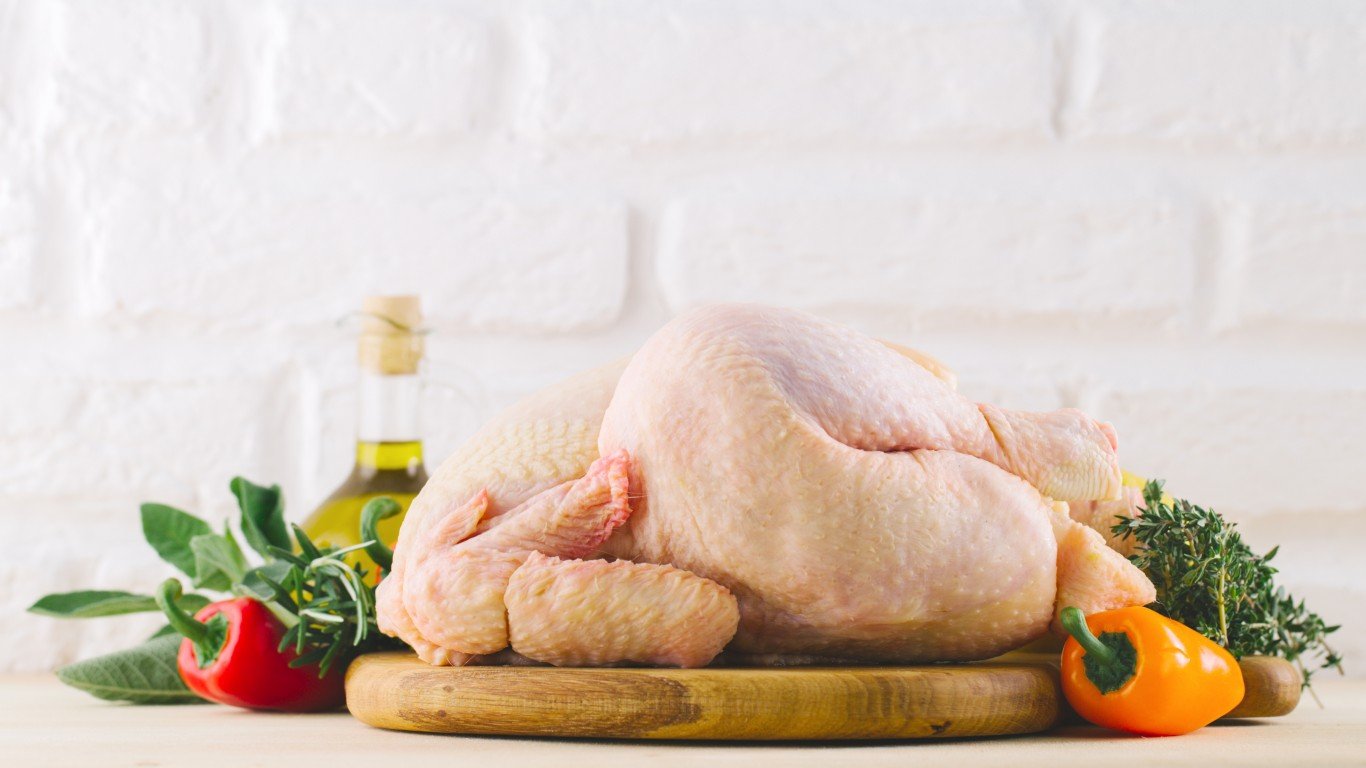
11. Roasting: Plan ahead
Don’t forget to allot time for how long it should take to cook your bird. A 15-pound turkey will take about four hours to cook thoroughly at 325 degrees F. If you prefer it well done, add 15 to 20 minutes of additional cook time. If you’ve thawed it in the refrigerator, take it out half an hour before you plan to start cooking to let it come partly to room temperature, and preheat the oven for at least 20 minutes before putting it in.
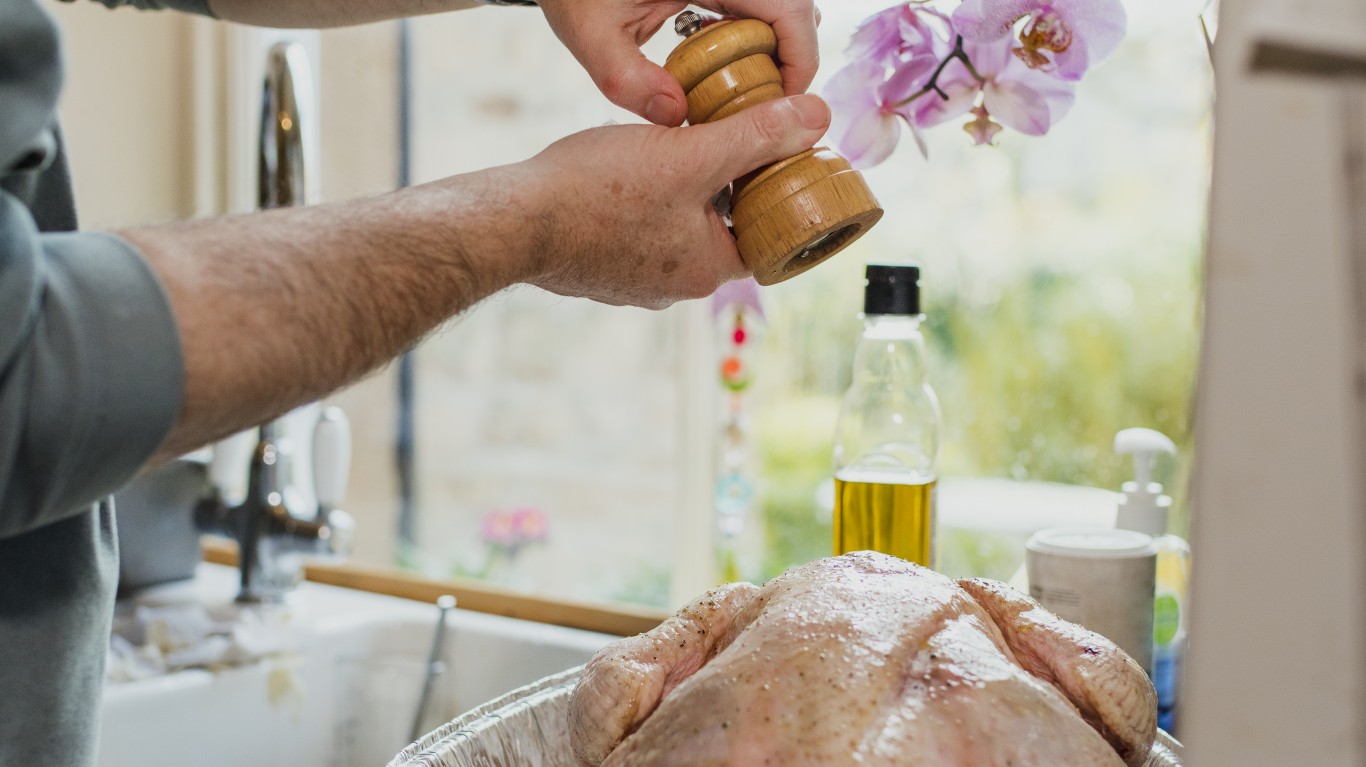
12. Roasting: Season the bird
Turkey may be a fairly bland meat, but it takes well to a variety of herbs and spices. If you prefer not to add herbs or spices, you should at the very least, season the bird inside and out with salt and pepper. There are many different recipes and ways to season. Some call for brushing the skin with olive oil or melted butter and rubbing on a mixture of such dried spices as thyme, rosemary, and sage. These herbs are merely a suggestion and aren’t necessary.

13. Roasting: Use the cavity
Turkeys are typically sold with the neck and the internal organs, called giblets (liver, heart, and gizzard) stuffed into the cavity. Don’t forget to remove them before roasting. If you like, save them to use in stuffing or gravy (or just toss them away if you prefer). To add flavor to both the bird and the juices (the basis for gravy), stuff the cavity with a bunch of fresh rosemary or thyme (or both), a halved lemon, a halved head of garlic, and/or a quartered onion.
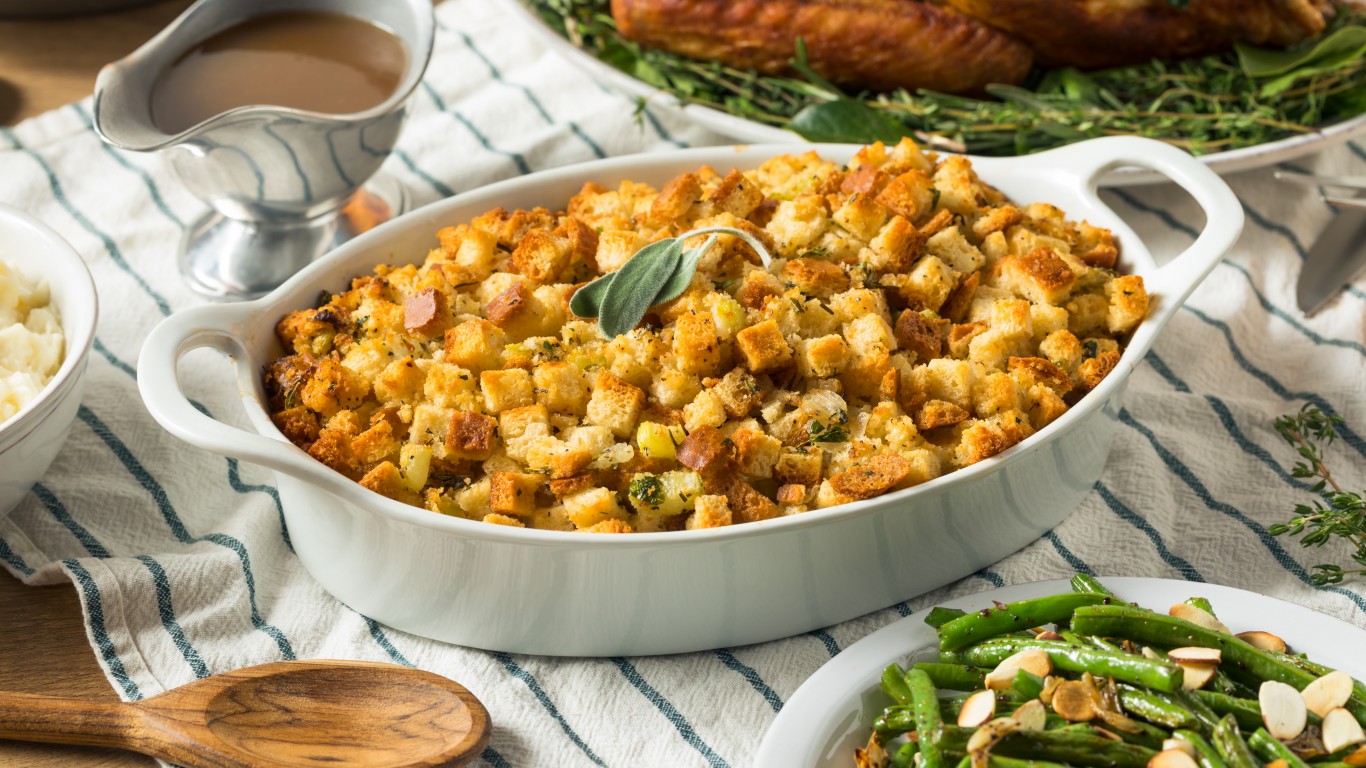
14. Roasting: Leave out the stuffing
To stuff or not to stuff your turkey — that is the question. This advice is controversial. For many cooks, it’s not a Thanksgiving turkey if there is no stuffing (or dressing) spilling out of the cavity. There are quite a few reasons why you should refrain from stuffing your turkey. One is for the stuffing to be safe to eat, like the turkey, it should reach 165 degrees F. To achieve this, you may have to overcook the bird to get the stuffing to that point.
Without being properly cooked, there is a chance you may have unwelcome dinner guests growing amidst the bread crumbs and herbs. Unwelcome guests such as salmonella, E. coli, and listeria. If you must have a stuffed bird, stuff it loosely, and before serving, push a meat thermometer into the center to make sure it’s hot enough. The easier, and safer, alternative is to cook the stuffing separately in a baking dish.
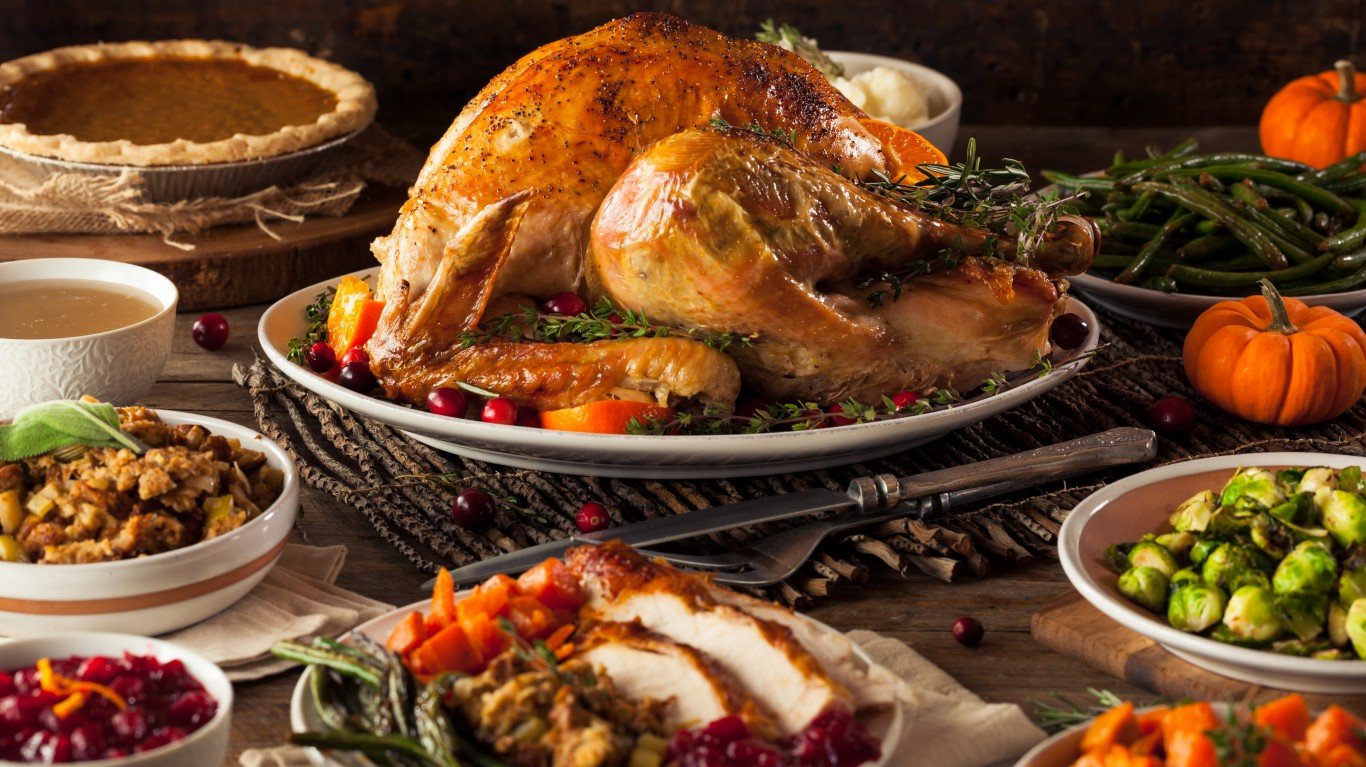
15. Roasting: Let the turkey rest
Before you carve the turkey, as with other meats, it’s a good idea to let it rest. After it has cooked and been removed from the oven, it should rest for about 20 to 30 minutes. This will allow the juices to redistribute throughout the bird, which tenderizes the meat and makes carving easier. Cover the turkey loosely with aluminum foil, let it sit, then carve and enjoy.
